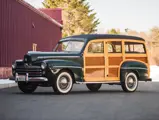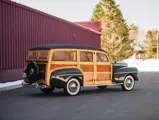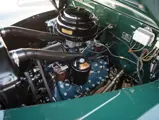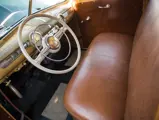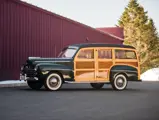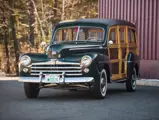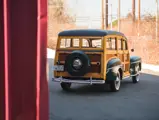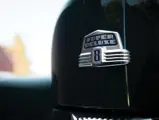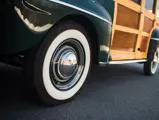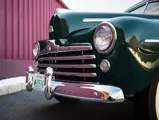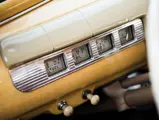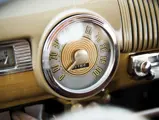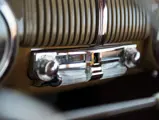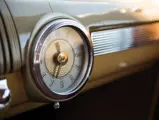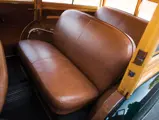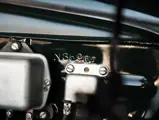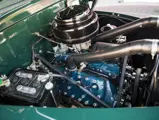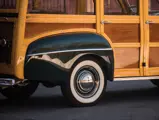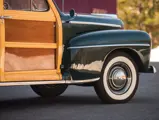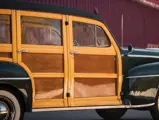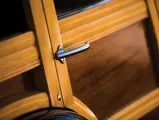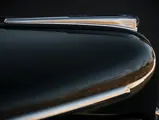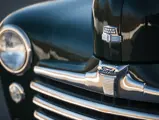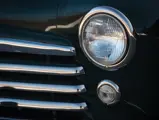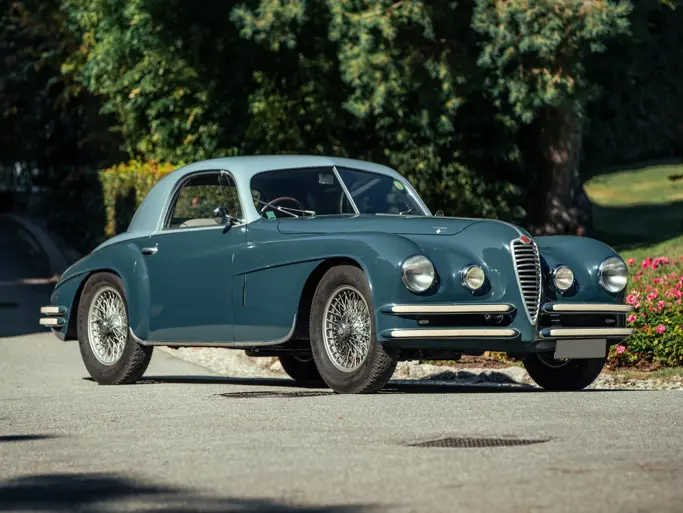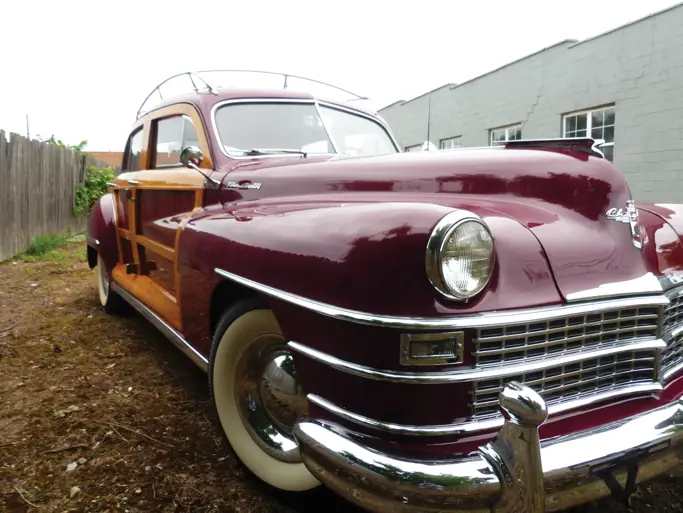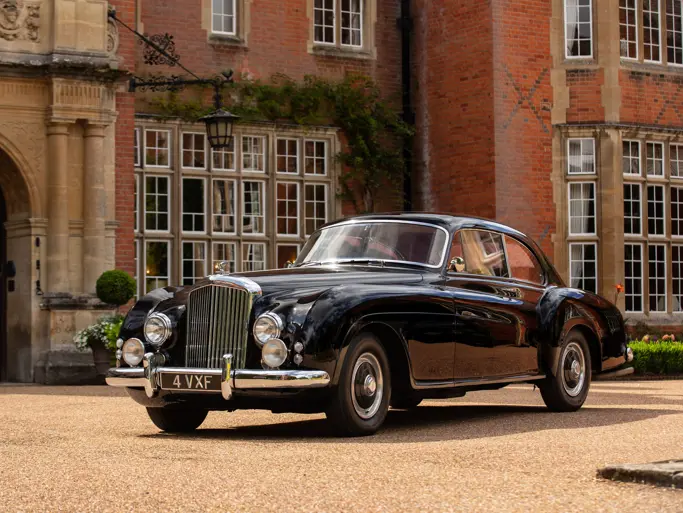The Dingman Collection
1947 Ford Super DeLuxe Station Wagon
Offered from the Dingman Collection
{{lr.item.text}}
$145,600 USD | Sold
 | Hampton, New Hampshire
| Hampton, New Hampshire
{{internetCurrentBid}}
{{internetTimeLeft}}

- Offered from the Dingman Collection
- “Spring 1947” model
- Roush-built 239-cu. in. flathead
- Restored by Kevin Westmoreland
Although the eponymous Model T was often seen as a “depot hack,” the first catalogued Ford wagons appeared in 1929, and then as part of the commercial line. Model A wagons were assembled by Murray Corporation of America in Detroit, already making Ford sedan bodies, out of components supplied from the Ford forests in northern Michigan. By 1940, complete wood bodies were being constructed at Iron Mountain and shipped to the Ford assembly lines where they were installed on chassis.
Automobile production soared in 1941, in part because war was increasingly seen as inevitable and automobile rationing very likely. Ford-built wagons shared in the boom. In all, more than 17,500 Ford station wagons were built in 1941, including the Canadian units, plus 2,143 Mercurys. It would be years before that level was achieved again. The cessation of American automobile production in February 1942 limited that year’s output to just 6,050 Ford woodies.
Post-war optimism and the resumption of pre-war activities boded well for station wagon production. Annual sales quickly rebounded to near 1941 levels, as returning GIs found Ford woodies ideal for transporting their baby boom offspring and completing projects on their newly built suburban homes. Few changes were made, the most obvious being new grilles and subtle trim variations.
The 1947 Fords, introduced that January, looked just like the ’46s, distinguished only by their chassis numbers, which now had a year-specific prefix: 799A. In March, however, more noticeable cues were introduced, parking lights moved below the headlamps and made round in shape. The red accents on interior and exterior trim were eliminated, and trunk lid moldings were revised. Woodie bodies, however, remained the same, although a shortage of hardwood resulted in the use of some southern Hickory for framing.
This 1947 Super DeLuxe station wagon is dated by its body number to August 1947. In addition to all of the updated features of the unofficial second series, it is equipped with a radio, heater, and door-hinge exterior mirrors. It was restored by Kevin Westmoreland’s Performance Restoration shop in Cleveland, Georgia, for noted Ford collector Larry Bailey. Upon completion, it was judged at 982 points in concours competition by the Early Ford V8 Club of America, known for its rigorous and exacting standards. Purchased by Mr. Dingman in October 1998, it was subsequently returned to Westmoreland for detailing and service, most recently in 2013. The body, which retains much of its framing, presents very well, with just a few minor cracks and discoloration. The doors have been reconstructed, photographic documentation of which is included with the car. The Glade Green paint exhibits a deep shine and the brightwork is all excellent. The brown leather interior is like new, as is the glass, which has correct Ford safety glass insignia. Mileage shown is barely more than 2,000, indicating modest usage since restoration.
The Roush-built flathead engine is painted correct Mercury blue, and its compartment is correctly detailed and clean. Similarly appointed is the undercarriage. The car rolls on new Coker Classic 6.00 × 16 whitewall tires, and the wheels have accessory bright trim rings.
This is an exceptionally well-maintained Ford woodie, with superb heritage and an authentic presentation.

